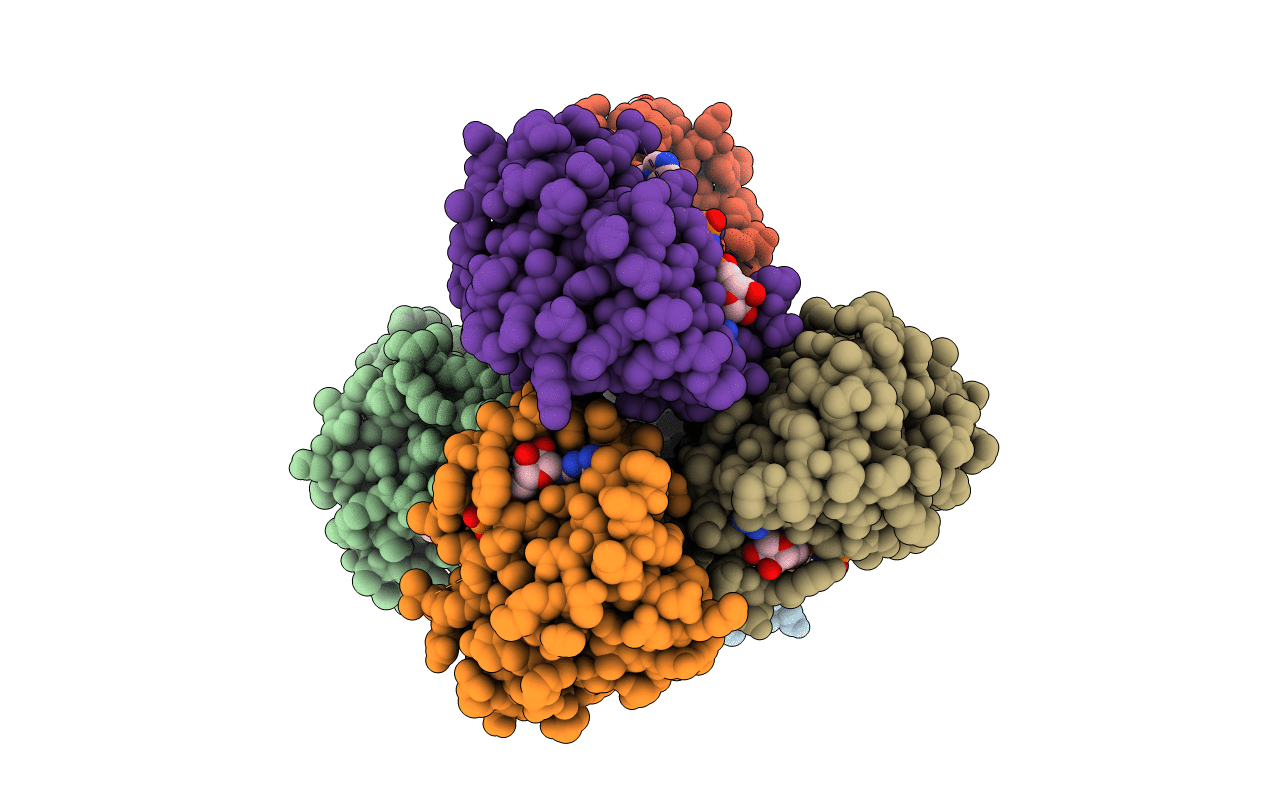
Deposition Date
2018-06-08
Release Date
2019-02-06
Last Version Date
2024-01-17
Method Details:
Experimental Method:
Resolution:
1.69 Å
R-Value Free:
0.21
R-Value Work:
0.18
R-Value Observed:
0.19
Space Group:
P 21 21 21


